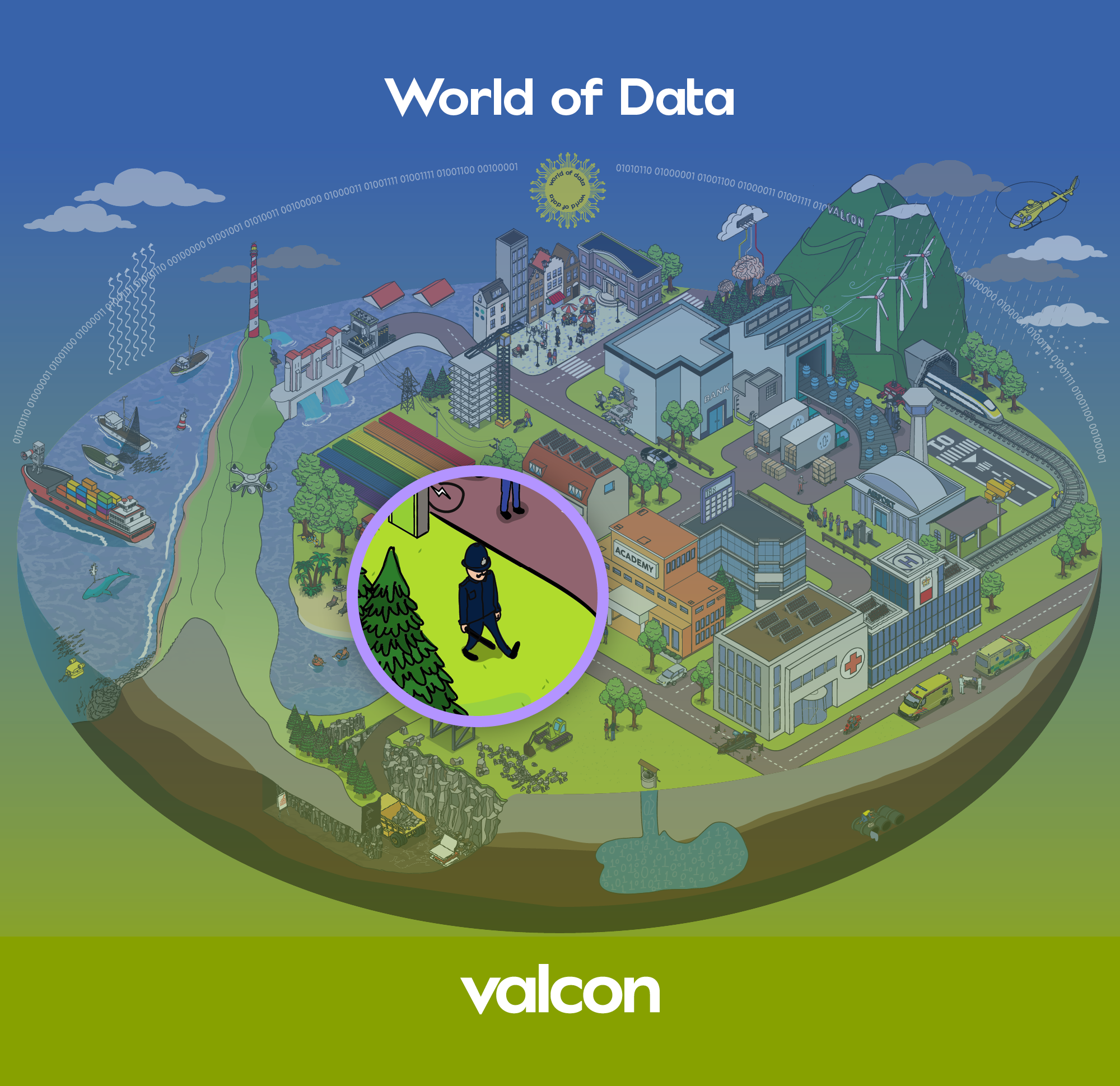Over the last decade, a lot of organisations have moved their data and data infrastructure from on-prem to cloud. It’s a no-brainer. And choosing the right cloud provider is the obvious consideration. But one factor that often gets overlooked is whether you should go for open-source or vendor-licensed software for your data infrastructure.
Consider this scenario. A company has a lot of sensors that provide real-time monitoring data, which typically calls for a data architecture that supports streaming data. This organisation might choose to use licensed software from the cloud provider (something like Azure Event Hubs or Amazon Kinesis) or open-source software (such as Apache Kafka). To make the right long-term decision, you will need to think about the following factors:
Weighing up the cost
Open-source software can be freely accessed, used, modified, and shared so you won’t be paying for user or support fees. However, in the long run the maintenance cost of open-source can be higher than the maintenance cost of vendor-licensed software. Additionally, you’ll need to factor in the development costs when you need some functionality the open-source doesn’t have. But with open source you have more control over schedules for upgrades and releases. With many proprietary cloud software vendors now offering full Software as a Service solutions, they are mandating upgrades to their latest versions to stay within support. This adds significant cost and risk for customers to manage upgrades successfully, with many vendors requiring upgrades annually.
Flexibility
Open-source software can be altered as you’ll have full access to the code base. It’s costly, but great if your organisation has very specific requirements. As well as making changes to the code base, you can also use changes made by others in the open-source community, meaning you’ll have access to cutting-edge technology. Another benefit is that it can run on multiple cloud platforms, so you’ll be less likely to be locked into one vendor. You also have the ability to choose exactly what tools and services you want to work with, mixing and matching the best tools for your specific needs.
With vendor-licensed software, you have to use the tooling provided and will have to wait for any new functionality to be added by the vendor, usually to their timeline. Having said this, the vendor will deliver the updates in a product-tested state, saving the client some effort on managing the upgrade. So whether your organisation needs cutting edge features and control or can rely on out of the box functionality, is a key factor to think about.
Support
With vendor-licensed software, you can usually get a service level agreement (SLA) with the vendor where you can agree certain commercially backed specifications related to the setting up of your development environment and when you encounter errors in production. But with open source, you can’t do this as there is no vendor to agree an SLA with. You’ll be dependent on the support documents created by the community and the knowledge of your engineers. On the whole, vendor support is more useful to smaller organisations that might not have the expertise in-house, whereas larger organisations can build their open-source knowledge.
Want to know more?
If you’d like to chat to Valcon about whether to go down the vendor-licensed or open-source route, get in touch with Alex Robertson at [email protected]
If you want information about Valcon’s data offerings, take a read here, or dive into Valcon’s World of Data.













